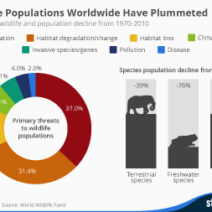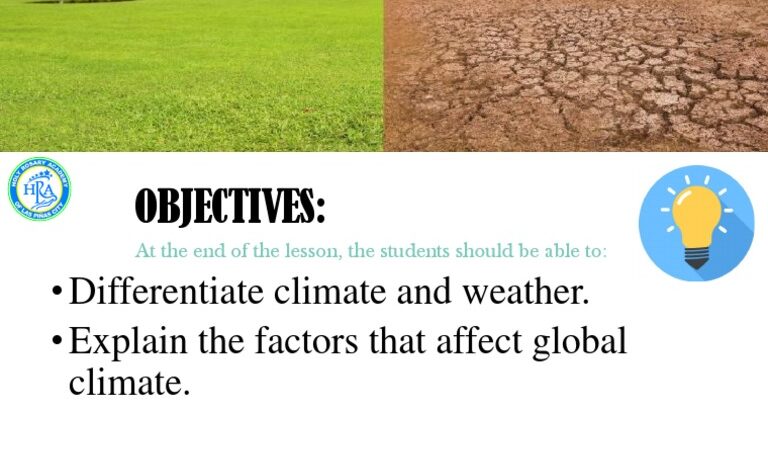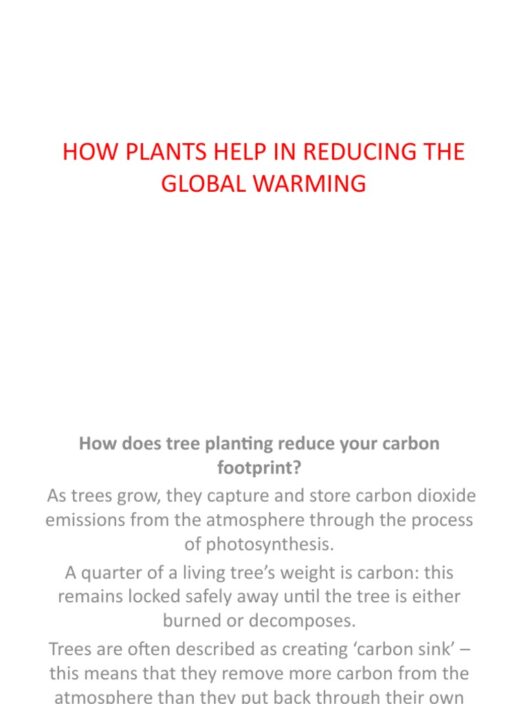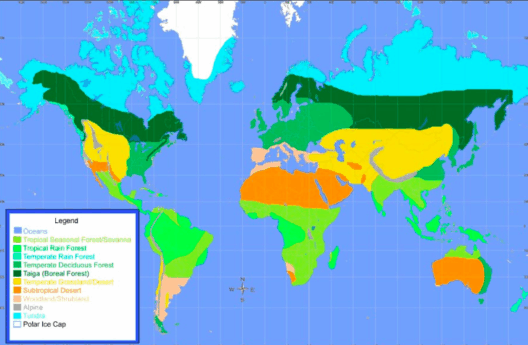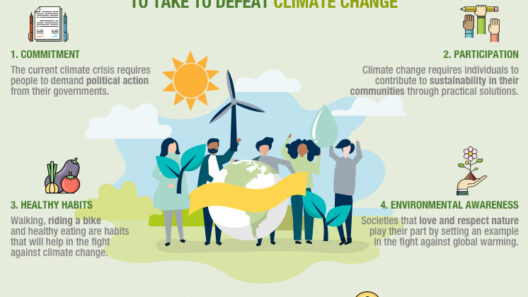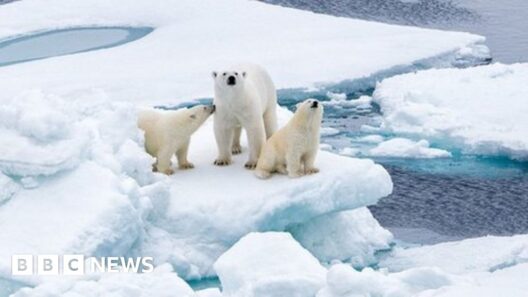Climate is an intricate web of influences, shaped by a multitude of factors that interact with each other in complex and sometimes unpredictable ways. Understanding these factors is essential in addressing the pressing challenges posed by climate change. The Earth’s climate system is affected by both natural processes and human activities, each contributing uniquely to the overall balance and fluctuations of weather patterns. In this discourse, we shall explore various aspects of climate dynamics, from solar radiation to anthropogenic interventions.
At the core of Earth’s climate system lies the sun, our primary energy source. Solar radiation is the most significant factor influencing global temperatures. The amount of sunlight the Earth receives not only varies due to the sun’s cycles but also changes based on the Earth’s position in its orbit. This axial tilt and eccentricity contribute to seasonal changes and long-term variations known as Milankovitch cycles. These cycles can have profound effects on long-term climate patterns, leading to glacial and interglacial periods throughout Earth’s history.
In addition to solar energy, the composition of the atmosphere plays a crucial role in determining climate. Greenhouse gases such as carbon dioxide (CO2), methane (CH4), and nitrous oxide (N2O) trap heat in the atmosphere, a phenomenon known as the greenhouse effect. While natural levels of these gases have maintained Earth’s climate within a habitable range for millennia, anthropogenic activities, like fossil fuel combustion and deforestation, have escalated their concentrations to unprecedented levels. The correlating rise in global temperatures not only poses a risk to ecosystems but also amplifies extreme weather events. This notion raises a crucial question: how do human actions disrupt the delicate balance of Earth’s climate system?
A significant factor in climate dynamics is albedo, referring to the reflectivity of surfaces. Darker surfaces, such as oceans and forests, absorb more heat compared to lighter surfaces like ice and snow, which reflect sunlight. As climate change progresses, polar ice caps and glaciers are melting, reducing the Earth’s albedo and leading to further warming in a self-perpetuating cycle. This feedback mechanism illustrates how alterations in one part of the system can generate extensive ramifications across the globe.
Ocean currents are another vital component influencing climate. The interconnectivity of the world’s oceans plays a significant role in heat distribution. Ocean currents transport warm water from the equator toward the poles and cold water from the poles back to the equator. Variations in ocean temperatures can have profound effects on weather patterns, exemplified by phenomena such as El Niño and La Niña. These periodic climate patterns can lead to extreme weather scenarios, affecting agriculture, water supply, and biodiversity worldwide. Such interactions underscore the complexity of climatic interactions and the delicate equilibrium we must strive to maintain.
Biogeochemical cycles, including the carbon, nitrogen, and water cycles, do not exist in isolation; they are intricately linked to climate systems. For instance, plants play a dual role in climate regulation—they absorb CO2 during photosynthesis and release water vapor through transpiration, significantly impacting local climates. Deforestation not only enhances carbon emissions but also diminishes transpiration, leading to altered precipitation patterns and precipitation deficits in ecosystems that rely on these hydrological inputs. The profound interdependencies of these cycles exemplify the necessity of a holistic approach to climate change mitigation.
The geographical distribution of landmasses and their topography also plays an influential role in regional climates. Mountains can act as barriers to air masses, creating rain shadows that result in distinct climatic zones. Areas on the windward side may experience lush vegetation due to ample rainfall, while the leeward side may become arid and inhospitable. This interplay between geography and climate highlights that local factors must be considered when viewing broader climatic trends.
Human activities exacerbate natural climatic influences, leading to unnatural fluctuations. Urbanization alters land surfaces and increases heat retention through the urban heat island effect, which can elevate local temperatures significantly. Furthermore, land-use changes for agricultural expansion or infrastructure development contribute to habitat loss and fragmentation, disrupting local ecosystems and further compromising the resilience of the climate system.
Climate variability is not only a pressing scientific concern; it is also a social and economic issue. Climate change disproportionately impacts marginalized communities, exacerbating social inequalities. The intersectionality of climate and societal issues demands a multifaceted response, addressing not just environmental concerns but also social justice elements. The need for equitable solutions to climate issues cannot be overstated, as addressing the ramifications of climate change is essential not only for ecological health but also for fostering social cohesion.
In conclusion, the factors that affect Earth’s climate are numerous and interconnected. From solar radiation to the complex interplay of atmospheric gases, ocean currents, and geographical variations, these elements weave together to create the environment we inhabit. The stark reality of climate change, exacerbated by human activities, requires an urgent and concerted effort to understand and mitigate its impacts. The journey towards sustainability mandates a collective commitment to restoring balance within our climate system, ensuring a resilient future for generations to come. Recognizing the intricate and delicate nature of these climatic factors is the first step toward addressing the global crisis head-on.
